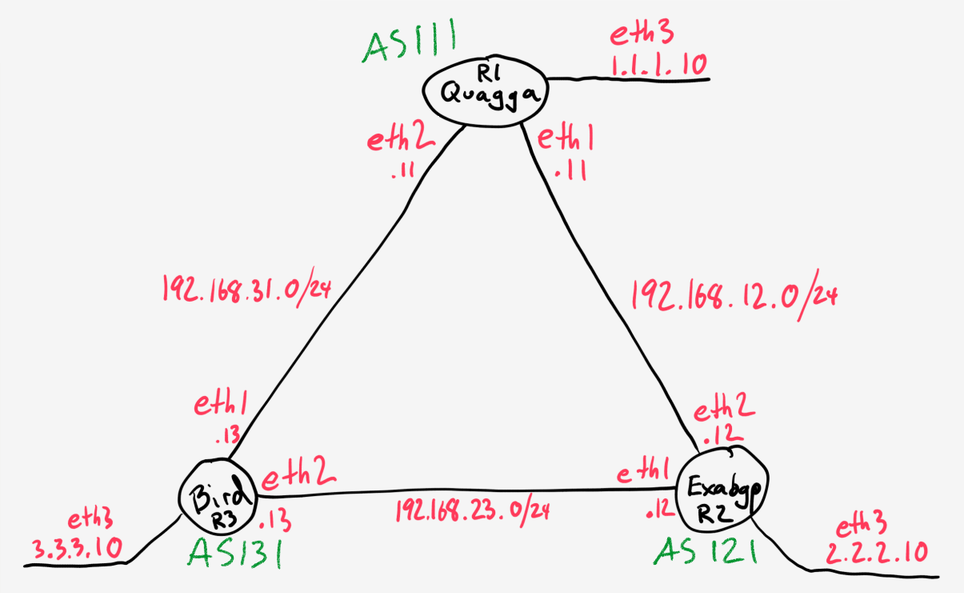Alibaba prepares to launch Netflix-like service in China
E-commerce giant Alibaba Group is preparing to launch a Netflix-like subscription video service in China, as the company expands into more entertainment ventures.Alibaba isn’t the only player aiming to launch a paid video subscription service in the country. Netflix has recently talked about entering the market, although the company still needs to receive Chinese regulatory permission.The companies would be entering an already competitive market, full of local companies offering video streaming services, many of them for free. Youku Tudou, for instance, is one of the biggest players in the market, and streams both Chinese and foreign TV shows, in addition to producing its own content. Alibaba has acquired a stake in Youku Tudou.To read this article in full or to leave a comment, please click here

